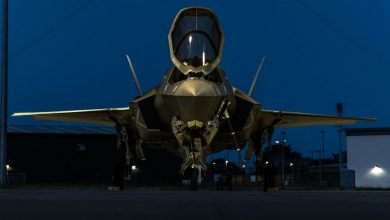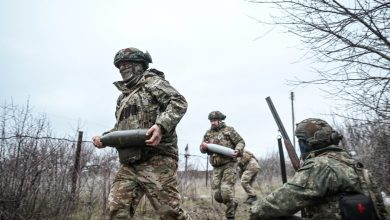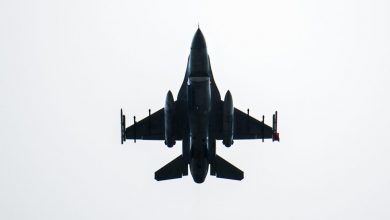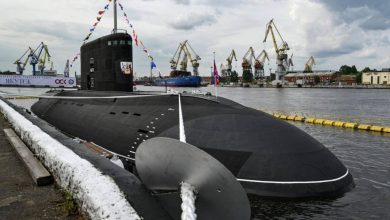US Marines deploy first F-35 squadron to Japan

The U.S. Marine Corps has deployed its first F-35 squadron from the continental United States to Japan, marking a strategic shift in aviation operations within the Indo-Pacific.
On March 8, 2025, Marine Fighter Attack Squadron (VMFA) 214, known as the Black Sheep, arrived at Marine Corps Air Station Iwakuni, Japan, under the Marine Corps’ Unit Deployment Program (UDP).
The squadron, based out of Marine Corps Air Station Yuma, Arizona, is part of Marine Aircraft Group 13, 3rd Marine Aircraft Wing. This deployment temporarily supports Marine Aircraft Group 12 (MAG-12), 1st Marine Aircraft Wing, reinforcing operations in the Indo-Pacific.
VMFA-214 transitioned to the F-35B Lightning II platform in March 2022 and is the first squadron to integrate the advanced aircraft into the rotational deployment program. “Our focus during this deployment is threefold,” said Lt. Col. Robert F. Guyette, VMFA-214 commanding officer. “To seamlessly integrate within Marine forces, joint forces, and regional allies and improve warfighting readiness as a combined force, refine our ability to operate from austere locations, and align with key Marine Corps concepts like Expeditionary Advanced Base Operations to maximize survivability and airpower projection.”
MAG-12 commander Col. Kyle B. Shoop emphasized the strategic importance of the deployment, noting that the addition of a U.S.-based F-35B squadron enhances Marine aviation’s contribution to joint and allied operations. “An additional F-35B squadron increases Marine aviation’s contribution to operations in the Indo-Pacific with joint forces, allies, and partners alike from established and scantily developed locations for distributed operations,” Shoop stated.
The deployment is part of the Marine Corps’ broader transition from legacy aircraft such as the F/A-18 Hornet and AV-8B Harrier to the fifth-generation F-35 platform. The 2025 Marine Aviation Plan outlined the importance of this shift, which is expected to strengthen the service’s ability to operate in the region’s challenging environments.
Maj. Gen. Marcus B. Annibale, commanding general of 1st MAW, highlighted the long-term implications of the deployment. “In the bigger picture, as the Marine Corps advances its aviation plan, more F-35 squadrons will stand up, munitions with greater capabilities will become available, the platform’s support systems will strengthen, and the F-35’s technology suite will continue to evolve,” said Annibale.





